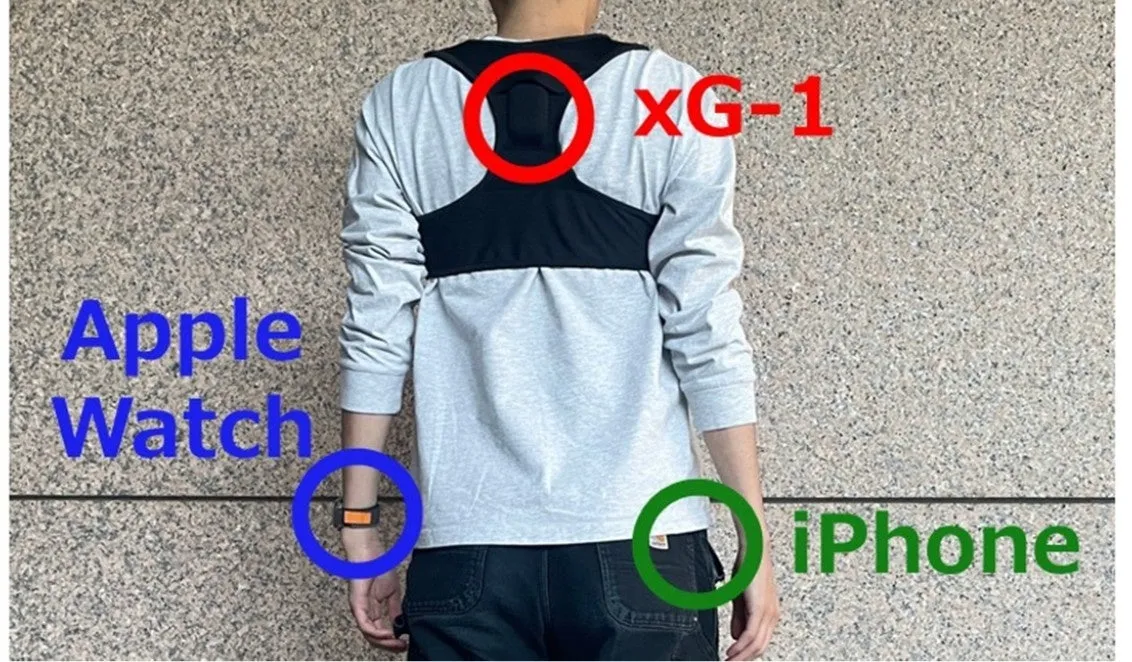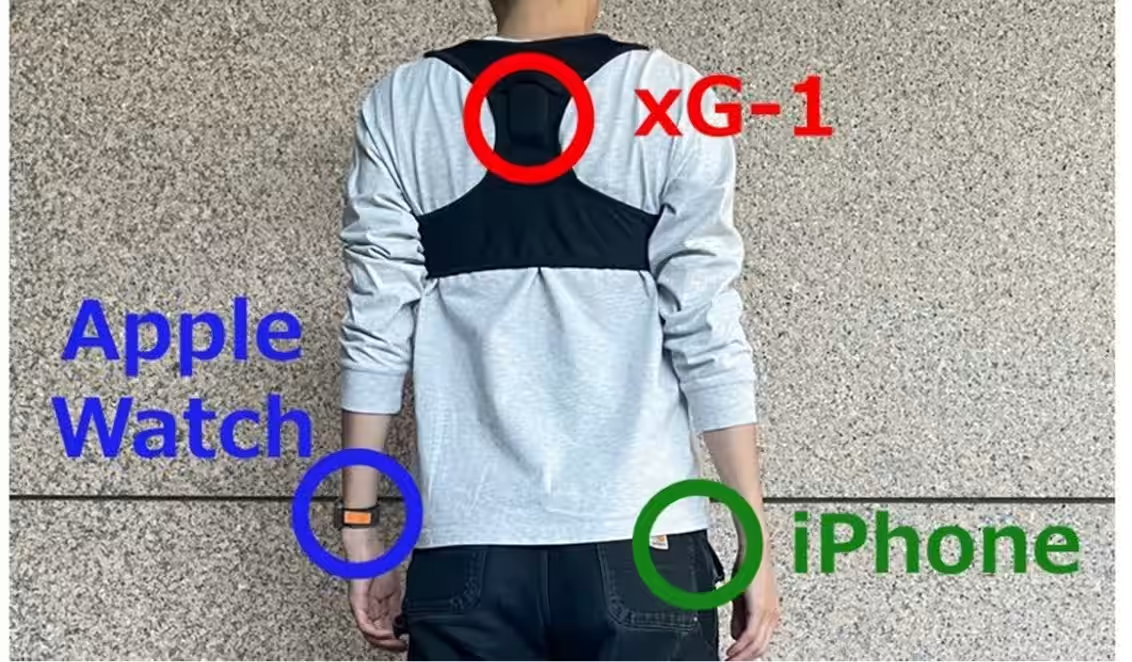

Reducing Accident Risks in Construction Through Wearable Sensors: A Study by Hosei University
Enhancing Safety in Construction with Wearable Technology
A significant advancement in workplace safety is emerging from Hosei University. Professor Ryuuichi Imai and his research team have recently published a paper in the Journal of Digital Life, showcasing their innovative use of wearable sensors to minimize the risk of accidents in the construction industry. Though safety measures have reduced work-related accidents, construction remains the sector with the highest fatality rate, primarily due to falls and slips. This research aims to tackle those hazards through the detection of nearly miss behaviors and estimation of physical fatigue among workers.
The study was driven by the need to find effective preventative measures against accidents arising from falls and slips, which are among the leading causes of injury in construction. The team hypothesized that timely detection of near-miss incidents, termed "Hiyari-hatto" in Japanese, where workers experience moments of slipping or tripping, could help avert serious accidents. To validate this, they incorporated advanced machine learning techniques alongside a range of high-tech wearable sensors, including the xG-1, the Apple Watch Ultra, and the iPhone 12 Pro.
In their experiment, eight participants, all males in their twenties, donned these various devices during activities simulating construction tasks. The data collected from the iPhone 12 Pro was analyzed using a convolutional neural network (CNN), a type of machine learning model particularly suited for image and pattern recognition tasks. This approach yielded an impressive accuracy rate in detecting near-miss movements, proving the potential efficacy of wearable technology in enhancing safety protocols.
Additionally, the xG-1, which is designed to be worn on the back and captures motion data with high precision, demonstrated significant effectiveness in visualizing the wearer’s fatigue levels. This aspect of the study holds promise for adding a vital layer of analysis to worker safety, as physical fatigue is a contributing factor to workplace accidents.
Looking ahead, the team plans to further investigate the detection capabilities of near-miss behaviors and physical fatigue estimation in real-world construction environments. They hope to implement rigorous data collection in ongoing construction operations to glean insights that could lead to broader safety applications and regulations in the industry.
The implications of this research are substantial. As the construction sector grapples with persistent safety challenges, the integration of wearable technology could fundamentally reform how safety is approached. If successfully implemented, these systems could not only reduce the incidence of accidents but also encourage a culture of proactive safety monitoring among workers.
The findings are published in the Journal of Digital Life, which has gained international recognition for promoting evidence-based advancements in digital fields since its inception in September 2021. For more insights on this study and its implications for enhancing safety measures in construction, interested parties can refer to the original paper here.
The Journal of Digital Life, operated by Sankei Digital, aims to disseminate research that fosters innovation and advancements in technology sectors across the globe. By bridging the gap between research and industry, it seeks to endorse services and initiatives backed by sound evidence.

Topics Consumer Technology)










【About Using Articles】
You can freely use the title and article content by linking to the page where the article is posted.
※ Images cannot be used.
【About Links】
Links are free to use.